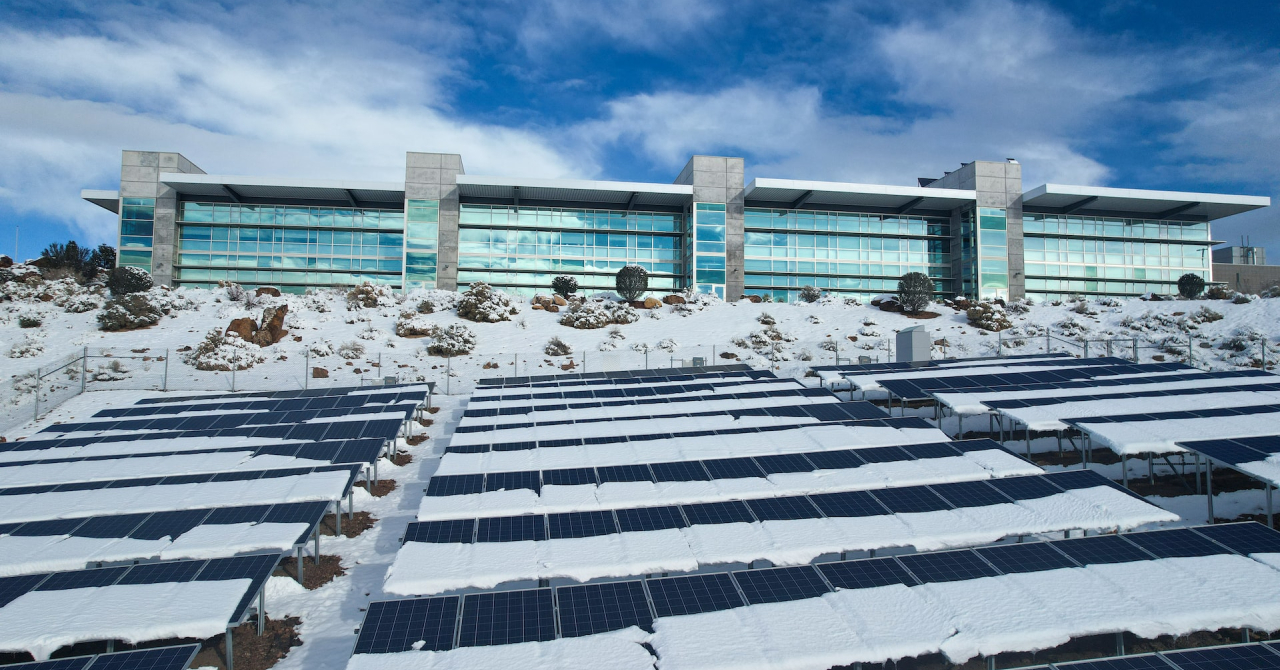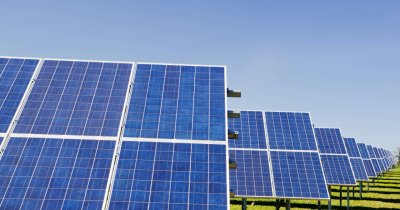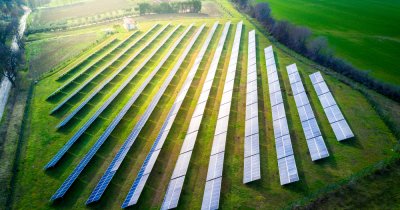According to Reuters, The Lake Muttsee dam sits at 2.400 meters above sea level and it is isolated between snowy mountain peaks, but experts at AlpinSolar say that this is actually beneficial.
Jeanette Schranz, communications lead for renewables at Swiss energy producer Axpo, said that "one of the qualities of alpine solar plants is that especially in winter they produce up to three times more electricity than a comparable facility in the midlands."
Nearly 5.000 solar panels are installed across the dam, which can generate some 3.3 million kilowatt hours of power yearly, enough for the need of around 700 households.
"The reflection from the snow also helps, and solar panels like the cold and have a higher yield in cooler temperatures", Schranz added.
Also, she mentioned that mountains located in the country are less affected by foggy weather, which means that the panels have clear line of sight towards the sunlight more often than not.
Energy company Axpo's AlpinSolar project aims to install another 4.200 solar sites in Switzerland's mountain are lower areas by the next decade.
Other countries that have dams built in mountain areas, such as Romania, can take advantage of similar installations, as well, which can allow energy production during times when water supplies are not enough to sustain hydro energy production.
At the same time, even when hydro power plants are running at full capacity, solar panels can add to their energy generation capacity, increasing the total amount of green power supply.
Also, since researchers can prove that solar power can work more efficiently in cold weather and snow helps increase production, ski resorts and towns located in mountain regions can start implement photovoltaics to become more sustainable.
 Mihai - Cristian Ioniță
Mihai - Cristian Ioniță












Any thoughts?